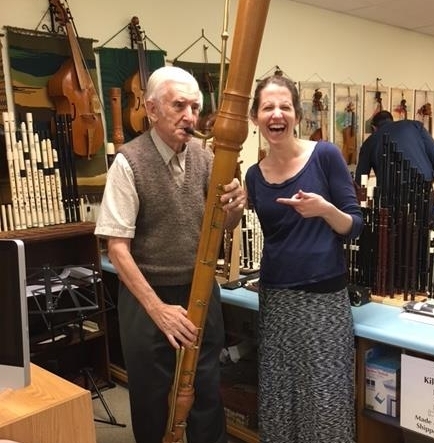Old Friends
Do you have music you consider an old friend? Pieces you keep coming back to, pieces that, no matter how long you’ve gone without playing them, never fail to feel like coming home?
I have many. Two of my oldest friends are by Bach: the fourth Brandenburg concerto and the cantata “Actus Tragicus “(BWV 106). These are pieces recorder players get hired to play over and over again, and as a result, I’ve been playing them for decades.
Fortunately, they are both gorgeous.
Part of what I enjoy most about visiting my old musical friends is that, when I do, I briefly experience the echo of all their previous incarnations. All the different venues and seasons and times of life in which I’ve encountered them, all the small triumphs and petty failures of execution, the different tempos and interpretations, the colleagues and friends and strangers who have been my partners in bringing these pieces to life.
I’m drafting this from south Texas, where I’ve just wrapped up performing BOTH Brandenburg 4 and cantata 106- the first time I’ve done them as a double bill. Spending time with my old friends now, as I’m about to take some time off from performing to have my second child, is particularly poignant, and I find my memories surfacing even more insistently than usual.
I remember the terror of learning and performing Brandenburg 4 for the first time in early high school, and how the piece seemed insurmountable. I recall one of my first away-from-home gigs out of college, playing cantata 106, and how thrilled I was to be put up in a hotel! With soap! And towels! I flash on renditions of agonizing slowness and breathtaking speed, the sorrow I felt the first time I had to turn down a Brandenburg, the pride of performing alongside one of my students.
These pieces punctuate my musical life. I’ve been playing them so long they’ve become comfortable. But I’d play them again a million times over, because every single time I do, they teach me something new. That’s the beauty of old friends and old friendships- they are never too old to surprise and delight.
And you are never to old to make a musical acquaintance that will grow into a friend.



















